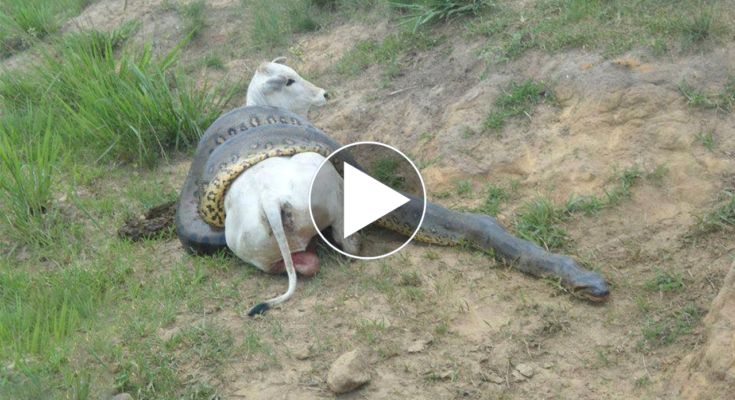The comparison between anacondas and other animals such as crocodiles, cows, and dogs presents an intriguing exploration of their respective characteristics and ecological roles. Anacondas, as large constrictor snakes, are primarily aquatic and are known for their impressive size and strength, which allow them to dominate their habitats. In contrast, crocodiles are formidable reptiles that thrive in both freshwater and saltwater environments, showcasing a different set of adaptations that enable them to be effective predators. Cows, as domesticated mammals, play a significant role in agriculture and human society, while dogs, known for their companionship and loyalty, have been bred for various purposes, including herding and protection.
When examining the anaconda’s predatory behavior, it is essential to consider its hunting techniques, which involve stealth and ambush. Anacondas primarily prey on animals that inhabit their aquatic environments, including fish, birds, and even larger mammals. This contrasts sharply with the hunting strategies of crocodiles, which often involve a more aggressive approach, utilizing their powerful jaws and swift movements to capture prey. Cows, on the other hand, are herbivores that graze on grass and other vegetation, contributing to the ecosystem by maintaining plant growth and providing nutrients through their waste. Dogs, as versatile animals, have been trained to assist humans in various tasks, showcasing their intelligence and adaptability.
In summary, the anaconda, crocodile, cow, and dog each occupy unique niches within their ecosystems, demonstrating a wide range of adaptations and behaviors. While the anaconda and crocodile share similarities as apex predators, their methods of hunting and preferred habitats differ significantly. Cows and dogs, though domesticated, serve vital roles in human society, with cows providing food resources and dogs offering companionship and assistance. Understanding these differences enhances our appreciation for the diversity of life and the intricate relationships that exist within the animal kingdom.

Animals Reunited With Owners After Years !.
Angry dogs vs mirror reaction.
I Survived The 5 Deadliest Places On Earth.

